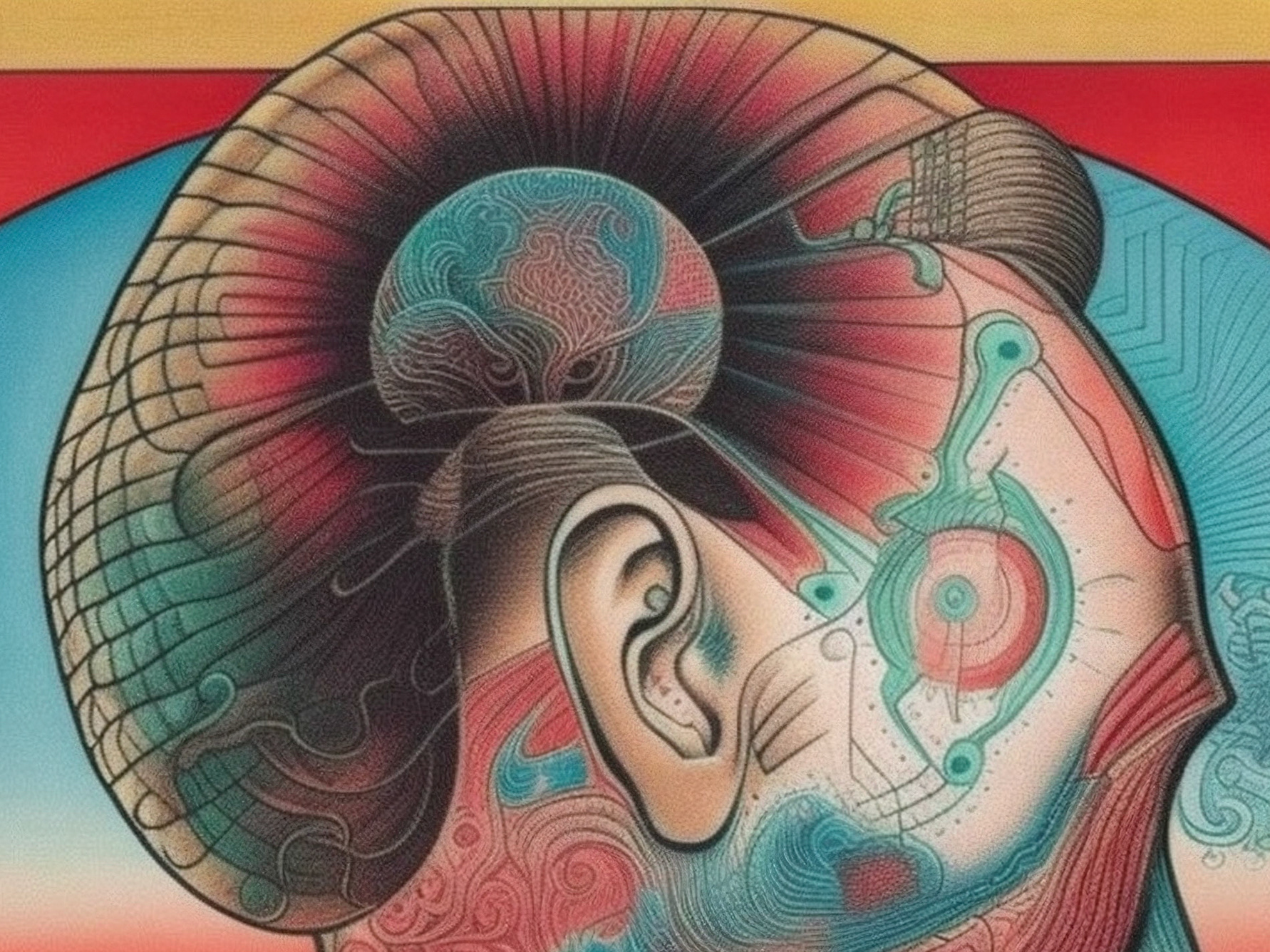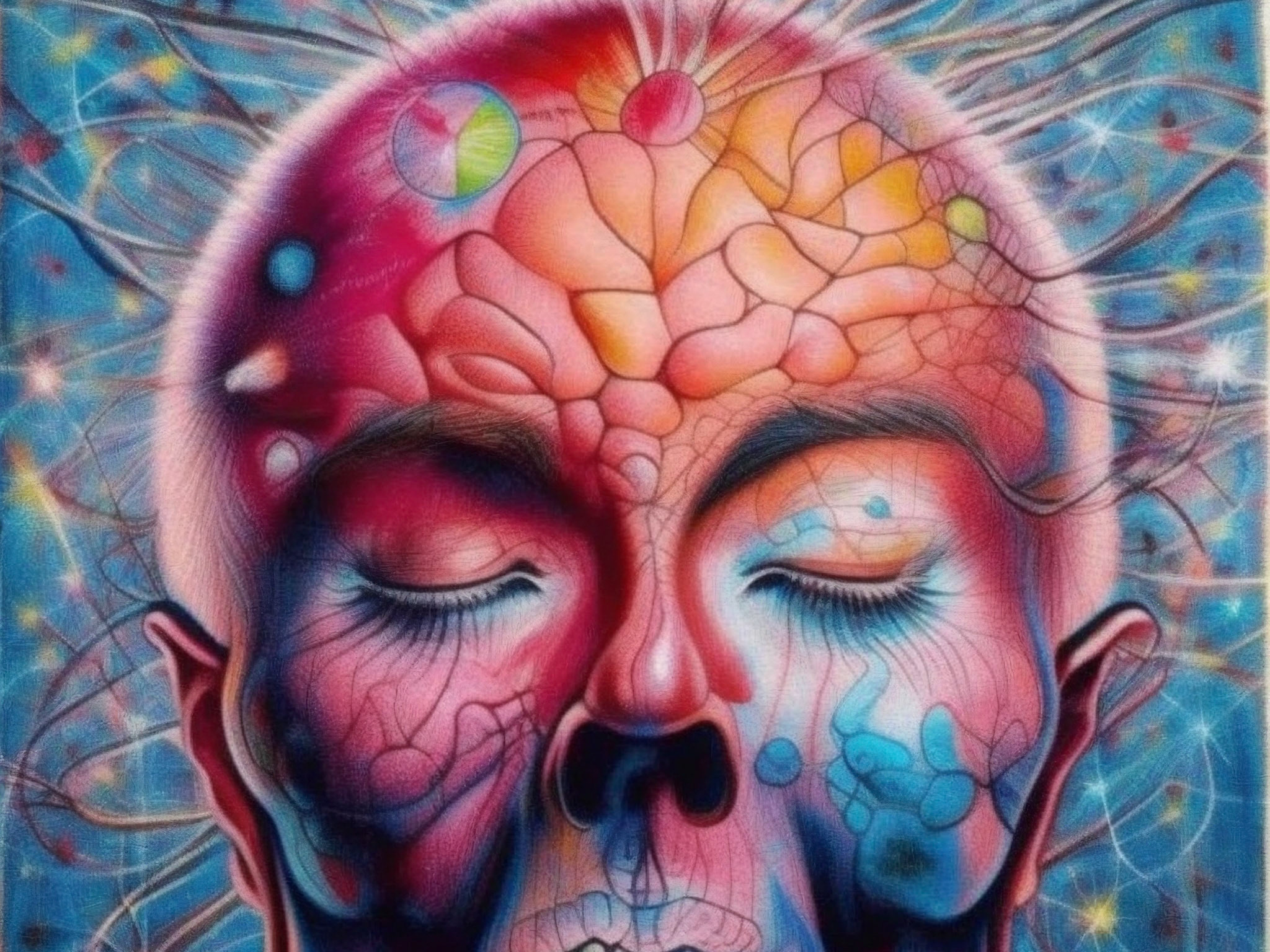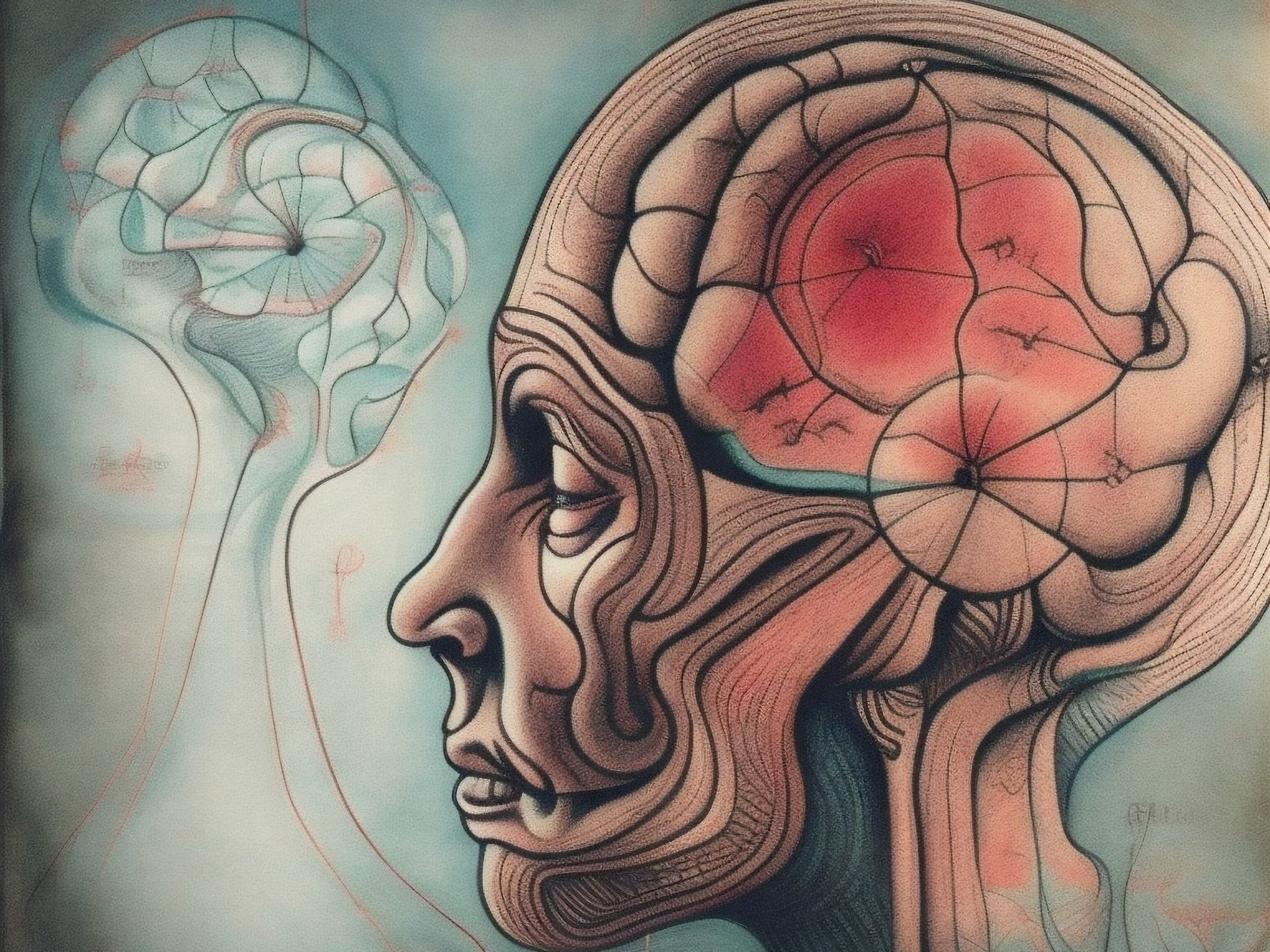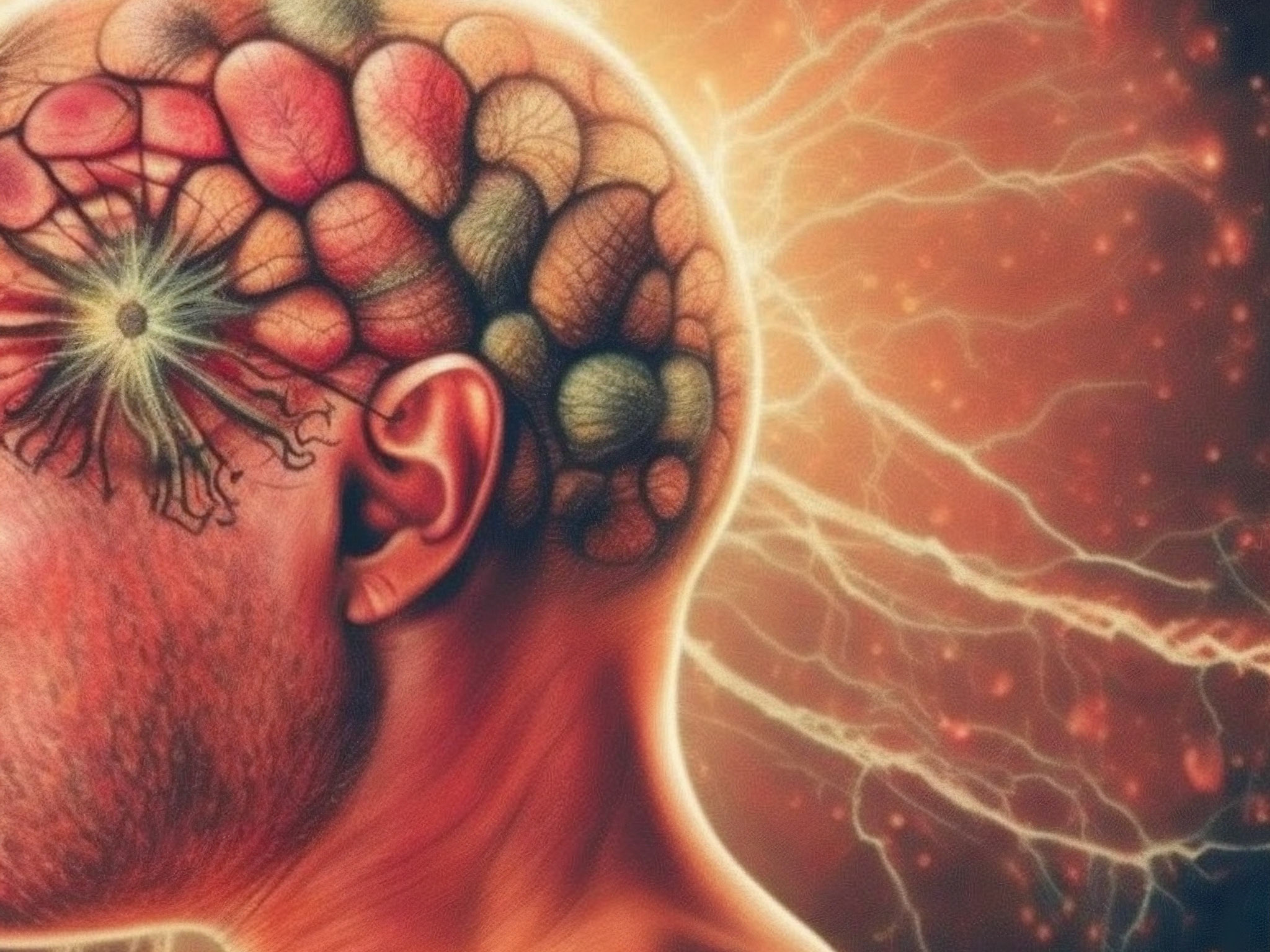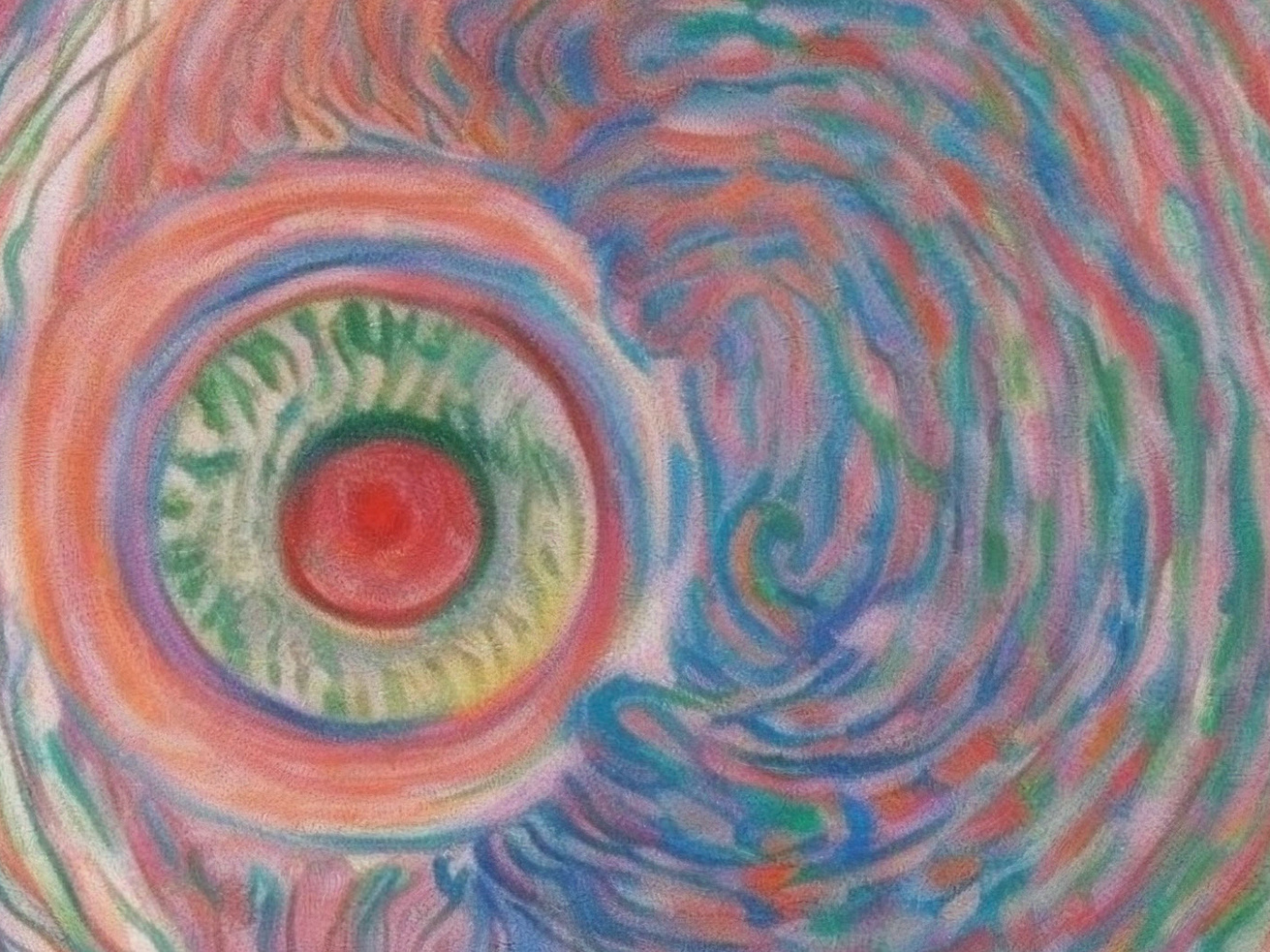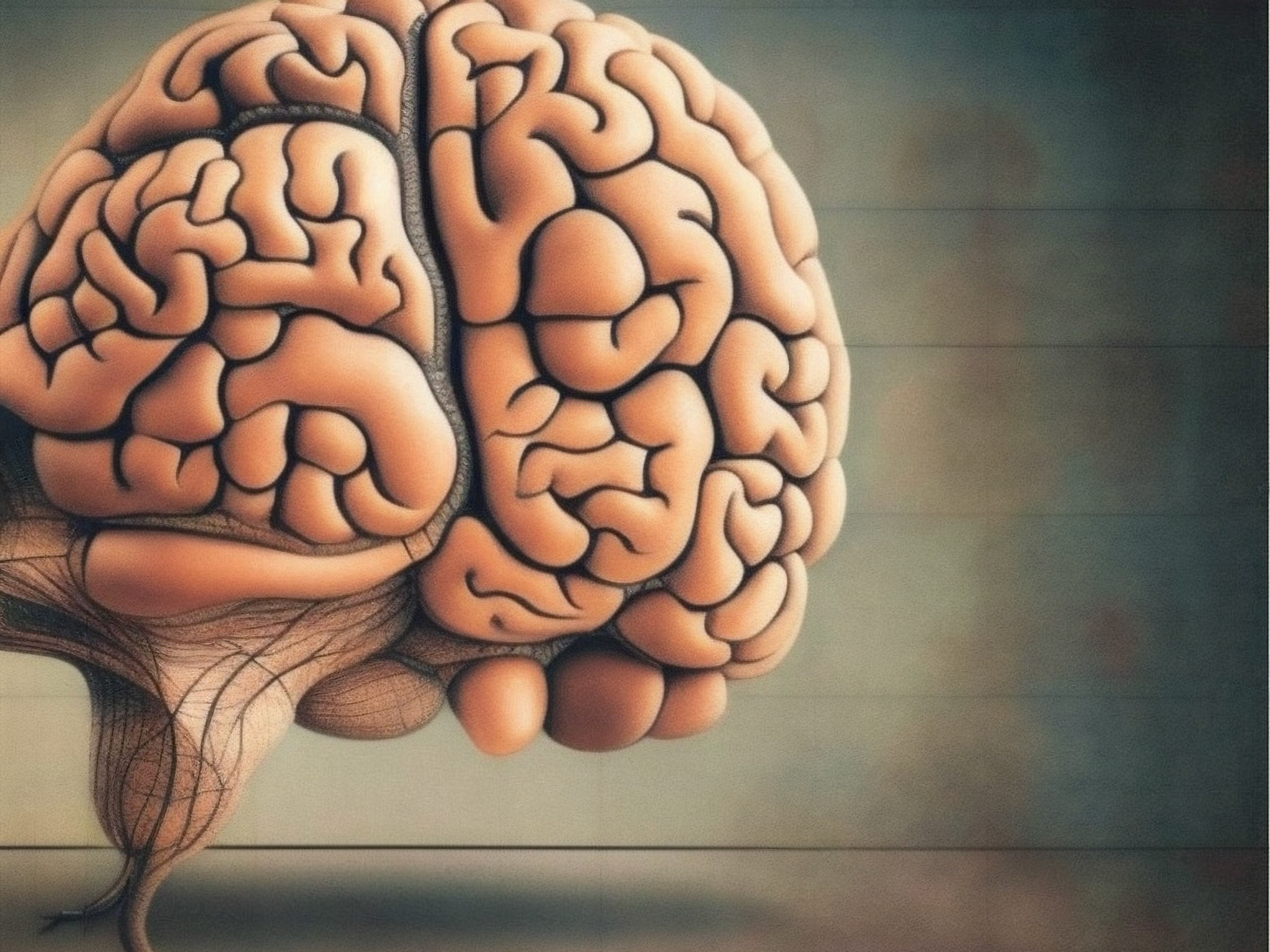What?
Brain related images generated by Stable Diffusion for use in lecture slides etc, because stock images of brains and other illustrative media for cognitive neuroscience tend to be bland and generic.
How?
Generated at 768x768 and upscaled with Photoshop Super Zoom Neural Filter at 4x
Prompts: "brain in the shape of <x>" rarely gives good results. I've tended to use "<random brain words> in the human brain, as drawn by <artist name>". It also helps to use some image enhancing textual inversion embeddings which prevent too much weirdness but can make the results more homogenous. I've been using Cinema768-Digital as a positive prompt and DrD_PNTE768 as a negative prompt. Almost everything here has been generated with Stable Diffusion v2-1_768_ema_pruned (model hash: ad2a33c361) with 20 steps, CFG 7 and Euler a sampler.
Where?
Where's the DLPFC? Anatomical inaccuracy is a certainty with Stable Diffusion. I have tried training some textual inversions on brain renders, but no luck so far.
Who?
That's not a Caravaggio
Images are categorised by keywords used in the prompts. Often the artist name keyword has little effect beyond a little colour and style. Often Stable Diffusion will produce an image in OF rather than BY an artist.
Copyright
All works on this site are licensed under a Creative Commons Attribution-ShareAlike 4.0 International License
(CC BY-SA 4.0), so do with them what you will, in accordance with the terms of this license, which may or may not be applicable anyway, given the current status of AI generated images.
Say Hi
Contact me with the form below or via my profile page.
I'm on Mastodon @justinobrien@mastodon.social
Thank you!
